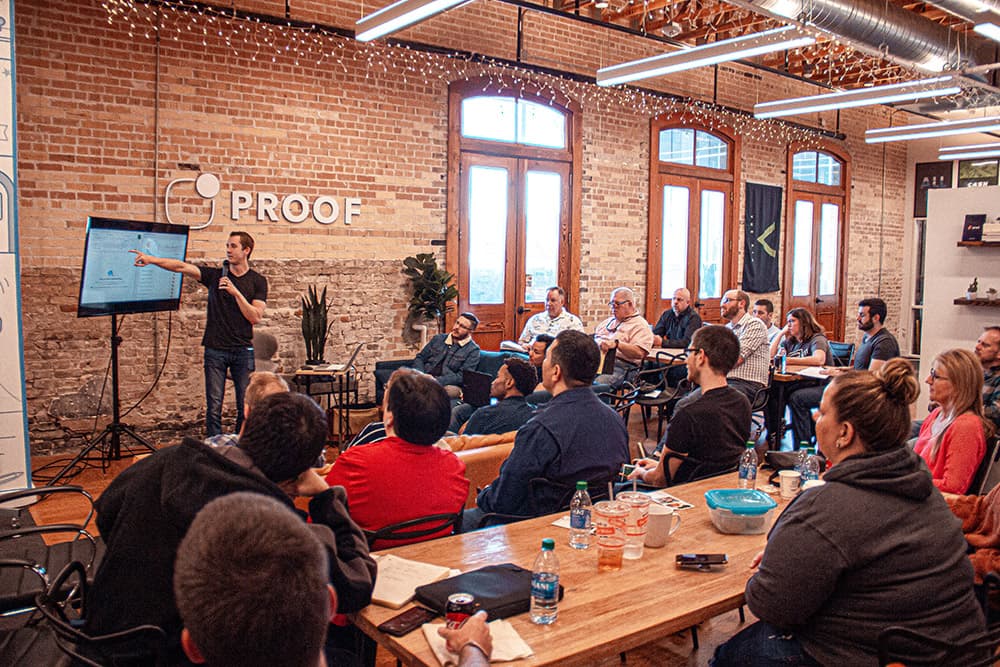Mason: I got introduced to Lean Six Sigma when I was about 15 years old, when my father and his business partner started doing some White belt videos online, which is the first level lean Six Sigma. I started out by doing content editing. They were making some videos and they needed someone to write the scripts. And so, I was learning about Lean Six Sigma while I was content editing. What really piqued my interest was I was editing a video about defects and it talked about how you can have a scratch on a car and that is a defect, but it does not make the car defective. Then when you have a broken engine in the car and so car cannot go anywhere, that is when you have a defective product. I connected with this not just because I love cars, but because I was learning about the different ways that Lean and Six Sigma applied to real life. And so really interested me. Even though I was only 15 years old I just loved it.
Lin: About eight years ago, I was at Bellingham Technical College helping out with some of their programs there, and I decided to implement lean methodologies in five of the college’s programs. The whole goal of that was to make their labs much more efficient and eliminate the waste in their lab processes, as well as introduce the students to lean methodologies. Obviously, a student graduating with a two-year degree in say mechatronics and then having a lean certificate on top of that would make them exceedingly employable. So that is my first introduction to Lean. And since then, I have been very passionate about working with companies, helping them to eliminate their waste and improve their operations so they can be more profitable and grow their revenue and market share.
Jeff: I was introduced to Lean Six Sigma when I was a young man in my 20s. I was working at Boeing Commercial Airplane Company in Everett, Washington, and one day we were all called out to the factory where we had this big meeting about how we need to improve quality, how we need to be more competitive with Airbus and with McDonnell Douglas. The SVP was up on this big stand and they had this big presentation and the next day I came into work and I got called into the office and I thought, uh oh, they are talking about quality improvement. Maybe they are going to try to get rid of some of us who are causing problems. Much to my surprise, my boss told me that I was doing a great job and because of that, I was going to get promoted to our continuous improvement department. After that, I did not have to make airplane parts anymore, I just had to make them better. So, what they did was they took us and put about 12 of us into a big room and for about two months, they taught us all of these tools and techniques on lean manufacturing, Six Sigma defect identification, data collection, statistical process control, which I had no idea what that even was. After those two months, my job was to go back out into the factory and work with some of the nine hundred people out there and help them understand and begin to implement process mapping, data collection, time studies, identifying defects, to basically everything you see in an airplane that we could install.
